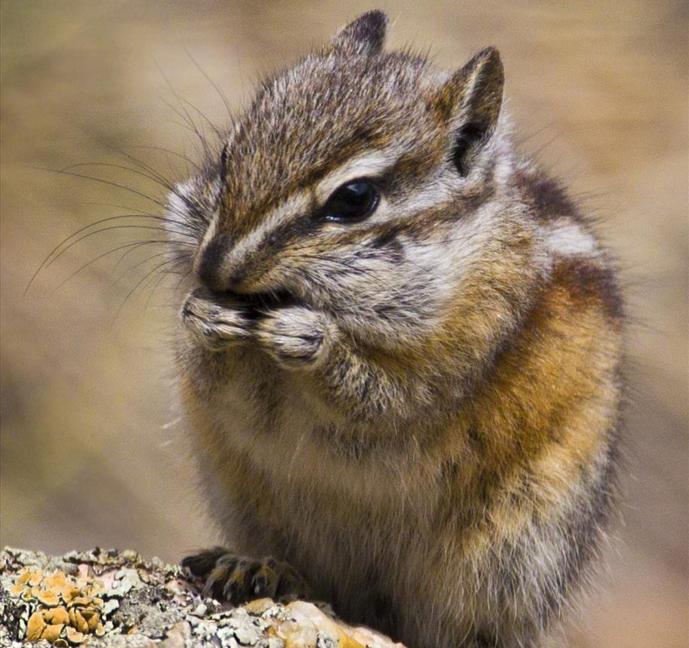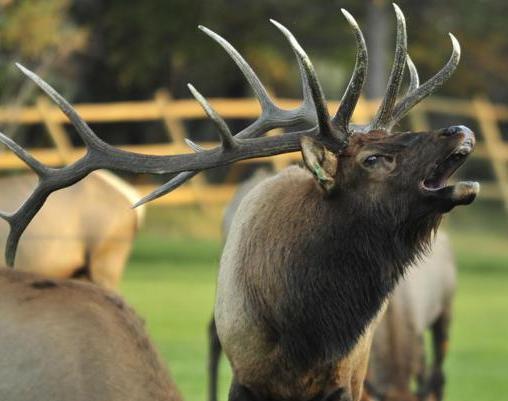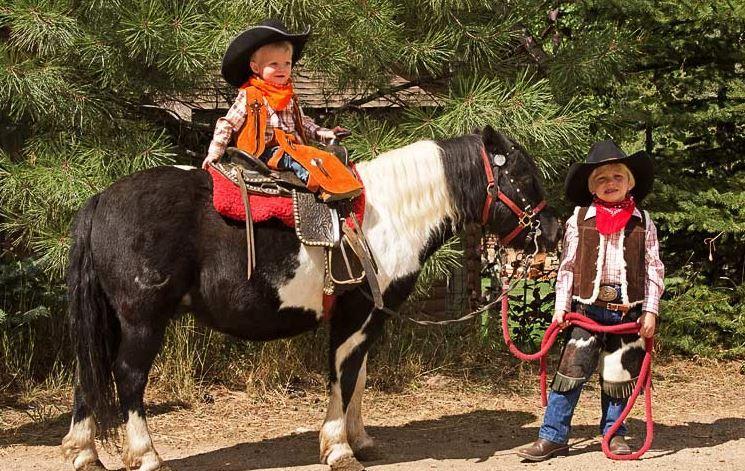
2 minute read
District
By Trail-Gazette Staff
Rocky Mountain National Park is home to 60 species of mammals. This incredible diversity of wildlife is a reflection of the wide range of habitats found in the Park due to variations in elevation, climate and plant communities.
Mammals in the Park can be separated into three main groups: the small mammals, the hooved animals or ungulates, and the carnivores or meat eaters. Small animals
There are 40 species of small mammals in RMNP.
They range in size from the water shrew to the beaver, which can weigh up to 50 pounds. With the exception of the shrews, the bats and the rabbits, these animals are all rodents. Following is a brief sampling of some of the more prominent small mammals in the Park. Wyoming ground squirrel
The Wyoming ground squirrel is a commonly seen animal in the Park during the summer. Although they hibernate for seven to eight months, they are an impor tant prey for coyotes, and raptors such as hawks and eagles. A winter hibernator, the ground squirrel may be seen throughout the Park from the montane valleys to alpine levels. Yellow-bellied marmot
Pikas are individually territorial, fiercely defending por tions of a talus slope from each other during the summer haying season. Yellow-bellied marmots are colonial animals that live throughout the Park but are especially common above tree line. They are one of the largest rodents in the Park, reaching weights of over 10 pounds. Marmots can be rof dA siht noitne !etar tseb ruo ffo % seen on a number of days in the Park and along Trail 3635-685-079 oR Ridge Road.HnaitnuoMykc tolec.mo 1


National Park Service / Courtesy photo Chipmunks are cute and a favorite of park visitors.
Litter sizes average a bit over four pups, of which about half sur vive their first year.
Yellow-bellied marmots chuck, whistle, and trill when alarmed by predators. Only the whistles and trills are loud alarm calls. Pika
The pika, or rock rabbit, is the smallest member of the rabbit family. They live on rock slides and talus slopes in the subalpine zones at 9,500 feet and higher, and above tree line. Although well-camouflaged, pikas can often be located by their piercing call that sounds like a high-pitched eep.
Pikas are generalist herbivores, eating almost anything that grows near their rocky habitat. Each pika collects vegetation during the shor t alpine summer and stores it in a hay pile in the rocks. Pikas don’t hibernate. They use their hay piles as a food source during the long alpine winter. They also continue to forage on what ever is available under the snow, including bark and lichens. Beaver
Beaver weave a complex web in Rocky Mountain National Park. Beaver use willow and aspen for food and to build dams and lodges.
There are some beaver in the park with a population thriving in Endovalley near the headwaters of the Big Thompson River.
Beaver were plentiful before there was a lot of trapping in Beaver Meadows in 1941 and 1942. There are no beaver there now. Snowshoe Hare
Snowshoe hare are famous See wildlife, pg. 30










